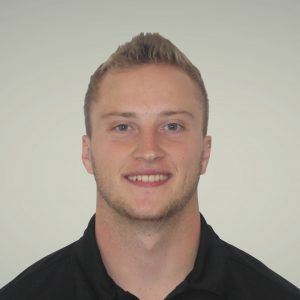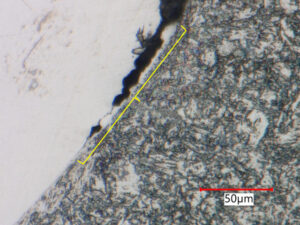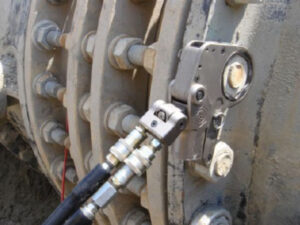Luke joined Equity Engineering in 2020 as an Engineer for the Materials & Corrosion Team after spending two years interning with Equity Engineering throughout college. While at Equity Engineering, Luke has gained thorough experience consulting with clients in the refining and petrochemical industries, as well as the energy sector as a whole. Luke has been involved in a multitude of client projects including metallurgical failure analyses, damage mechanism reviews, laboratory corrosion testing, materials selection evaluations, hot tap welding guidance, creep remaining life calculations, HTHA susceptibility assessments, hydrogen bake-out scenarios, CCD & IOW development and reaffirmations, and on-site engineering support assignments. In conjunction with client projects, Luke has also been involved with Joint Industry Projects (JIPs), including creep modeling using the Omega method, examining the effects of hydrogen on crack growth rates, and corrosion testing in bio-oil feedstocks. He is an active member of the Materials Technology Institute (MTI) and The Association for Materials Protection and Performance (AMPP) professional societies. Luke is also currently a session co-chair of the Ethylene Producers Conference (EPC) and presented at the 2025 conference.
Prior to joining Equity Engineering full-time, Luke worked as a Corrosion & Fouling Intern for the CITGO Petroleum Corporation at the Corpus Christi, TX refinery. During this time, he managed HTHA reviews of multiple unit areas of the refinery, analyzed inspection reports from the current TA, ensured evergreening of unit CCDs, conducted an exchanger bundle failure analysis, and worked in conjunction with process engineers to investigate desalter performance and the effects on corrosion mechanisms in the crude distillation unit.
Luke also worked as a Corrosion Lab Intern at Oak Ridge National Laboratory with a focus on high-temperature corrosion mechanisms. Experiments included thermogravimetric mass loss, cyclic exposure testing of FeCrAl alloys, and loss of cooling accident (LOCA) burst testing. He also characterized oxide thickness and grain structure utilizing SEM and Keyence 3D imaging.





